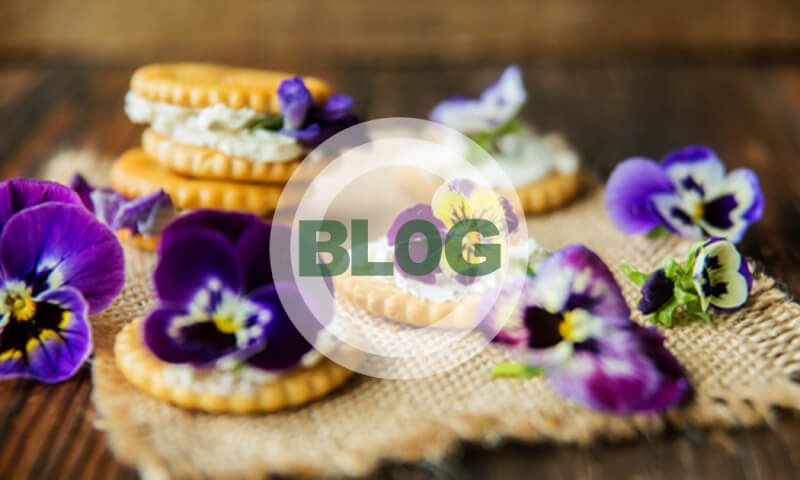Imagine stepping outside into your own backyard, surrounded by a vibrant array of colorful and fragrant flowers. Now imagine being able to pluck those flowers and use them to enhance the flavors of your favorite recipes. With just a little bit of planning and creativity, you can create your very own edible flower garden, filled with beautiful blooms that are not only visually stunning but also edible. In this article, we will guide you through the process of creating your own edible flower garden, so you can add a touch of culinary magic to your dishes and delight your taste buds with nature’s colorful palette.
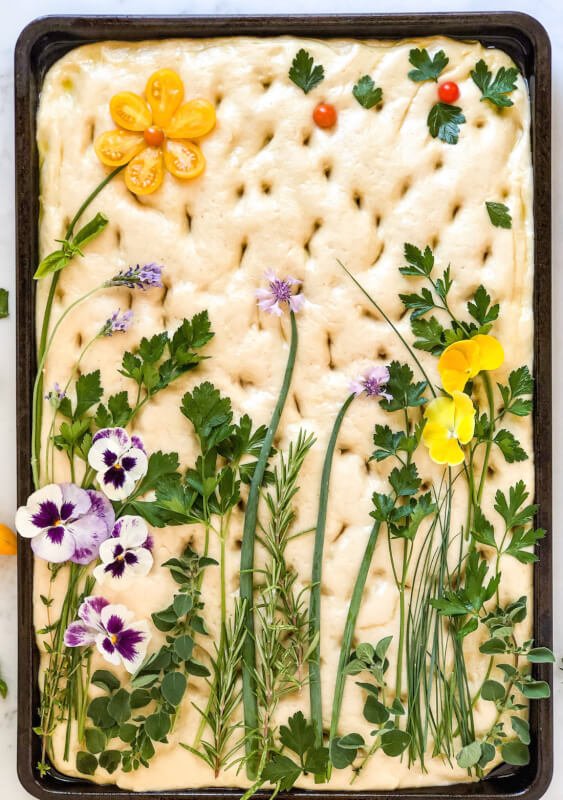
Choosing the Right Flowers
When it comes to creating your own edible flower garden, it’s important to choose the right flowers. Researching edible flowers is the first step in this process. Look for flowers that are safe to consume and have a long history of culinary use. There are numerous resources available online and in books that can help you understand which flowers are edible and how they can be used in the kitchen.
Consider both the taste and aroma of the flowers you’re planning to grow. Some flowers have a mild, delicate flavor, while others have a more intense taste. Similarly, the aroma of the flowers can greatly impact the dishes you use them in. Take into account your personal preferences and the types of cuisines you enjoy cooking when selecting flowers for your garden.
Ensuring safety is crucial when selecting edible flowers. Some flowers are toxic and should never be consumed. It’s important to familiarize yourself with the potential risks associated with certain flowers. Avoid flowers that could cause allergic reactions or adverse effects in certain individuals. By doing your research and consulting reputable sources, you can confidently choose safe and delicious flowers for your garden.
Preparing Your Garden
Once you’ve chosen the right flowers for your edible garden, it’s time to prepare the garden space. Select a location that receives adequate sunlight for the flowers you’ve chosen. Most edible flowers require full sun, so choose a spot that gets at least six hours of direct sunlight each day.
Prepare the soil by removing any weeds or debris and loosening it with a garden fork or tiller. Edible flowers thrive in well-draining soil, so consider adding compost or organic matter to improve the soil’s fertility and drainage. Test the pH of the soil to ensure it falls within the appropriate range for the flowers you’re planning to grow.
Determining the sunlight requirements of your chosen flowers is essential for their growth and development. Some flowers prefer full sun, while others can tolerate partial shade. Make sure to group flowers with similar sunlight requirements together in your garden to ensure optimal growing conditions.
Planning the layout of your garden is an exciting part of the process. Consider the height and spread of the flowers to determine how they will be arranged in your garden beds or containers. Mixing different flower varieties can create a visually appealing and diverse garden. Think about how the colors and shapes of the flowers will complement each other when planning the layout.
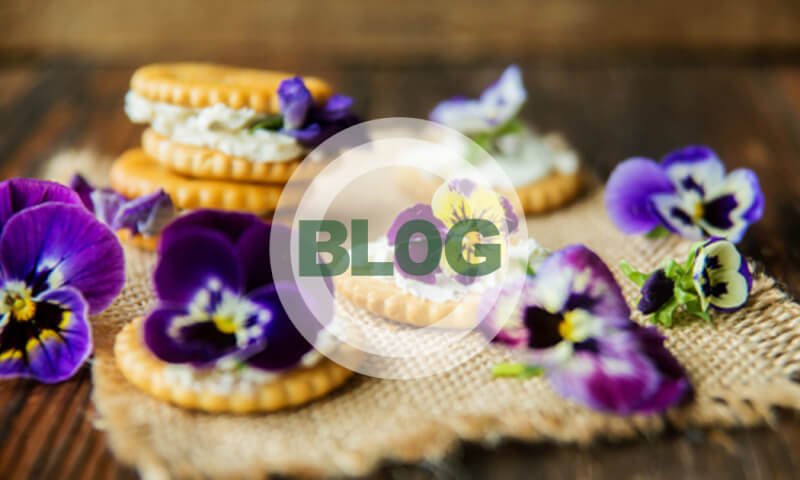
Sourcing and Purchasing Seeds or Plants
When it comes to sourcing the seeds or plants for your edible garden, it’s important to choose a reputable supplier. Buying seeds from a trusted supplier ensures that you’re getting high-quality, viable seeds that will produce healthy plants. Look for suppliers that specialize in edible flowers and have positive reviews from other gardeners.
If you prefer to start with established plants, it’s important to purchase them from a reputable source as well. Look for plants that are vibrant, free from pests or diseases, and well cared for. Local garden centers or nurseries are good places to find healthy started plants.
Consider opting for organic and non-GMO seeds or plants. By choosing organic options, you can be confident that no harmful chemicals were used in their production. Non-GMO seeds or plants ensure that you’re not supporting genetically modified organisms in your garden.
Designing and Planting Your Garden
Creating a design plan for your edible flower garden will help you visualize how it will look once everything is in place. Consider the overall aesthetic you want to achieve and the available space in your garden. Sketch your design on paper or use a garden design app to help you plan the layout.
Organizing flower beds and containers is an important aspect of designing your garden. Group flowers with similar water and sunlight requirements together to make watering and care easier. If you’re using containers, make sure they have proper drainage holes and are the appropriate size for the plants you’re growing.
When planting your flowers, consider arranging them based on their complementary colors. This can create a visually striking effect in your garden and enhance its overall beauty. Experiment with different color combinations to find what appeals to you the most.
Another important factor to consider when planting is the height of the flowers. Plant taller flowers at the back of your flower beds or containers and shorter flowers towards the front. This will ensure that all flowers receive adequate sunlight and can be appreciated from different angles.

Caring for Your Edible Flowers
Proper care and maintenance are essential for the health and productivity of your edible flower garden. Watering your flowers properly is crucial, especially during dry periods. Most edible flowers prefer consistently moist soil, so make sure to water them regularly. Avoid overwatering, as it can lead to root rot.
Feeding and fertilizing your flowers will provide them with the necessary nutrients to thrive. Use a balanced organic fertilizer, following the package instructions for application rates. Feed your flowers every few weeks or as recommended by the fertilizer manufacturer. Additionally, compost can be added to the soil to improve its fertility naturally.
Mulching your garden beds will help retain moisture, suppress weed growth, and regulate soil temperature. Apply a layer of organic mulch around your flowers, making sure not to cover the plant stems. Mulch will also add organic matter to the soil as it breaks down over time.
Pruning and deadheading your edible flowers will promote bushier growth and encourage continuous blooming. Remove any dead or damaged flowers and trim back any overgrown branches or stems. Regular pruning will help maintain the overall health and appearance of your garden.
Dealing with Common Pests and Diseases
Like any garden, an edible flower garden can be susceptible to pests and diseases. Identifying and preventing common pests is essential for preserving the health of your plants. Keep an eye out for aphids, caterpillars, and slugs, which are common pests that can affect flowers. Implementing organic pest control methods, such as using natural insecticides or introducing beneficial insects, can help keep pest populations in check.
Recognizing and treating diseases is also important for maintaining a healthy garden. Common flower diseases include powdery mildew, leaf spot, and root rot. Act promptly at the first signs of disease, and use organic treatments if necessary. Proper sanitation and good garden hygiene practices, such as cleaning tools and removing diseased plant material, can help prevent the spread of diseases.
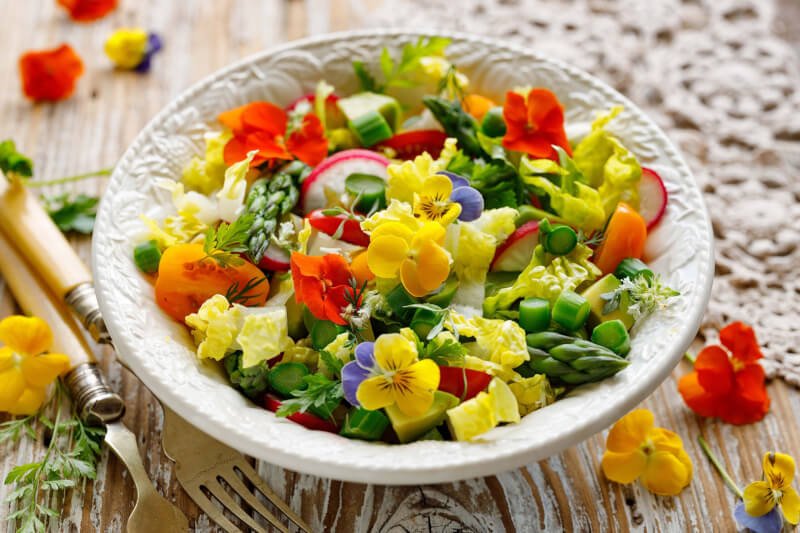
Harvesting Edible Flowers
Determining the right time to harvest your edible flowers is crucial. Harvesting too early can result in underdeveloped flavors, while harvesting too late can lead to bitter-tasting flowers. Follow the guidance provided on the specific flower variety you’re growing, as maturity times may vary.
Using sharp and clean tools when harvesting will prevent damage to the flowers and reduce the risk of contamination. Clean your harvesting tools before each use to minimize the spread of pests and diseases. A clean cut will also promote quick healing for the plants.
Harvest flowers properly by cutting just above a leaf node or stem junction. This will encourage new growth and ensure the plant remains healthy. Avoid harvesting more than one-third of the plant’s flowers at a time to maintain its vitality.
To store harvested flowers, place them in a clean, dry container lined with a damp paper towel or cloth. Store them in the refrigerator to prolong their freshness. Some flowers can also be dried or frozen for longer storage.
Exploring Culinary Uses
Once you have a bountiful harvest of edible flowers, it’s time to explore their culinary uses. Developing flavor profiles by experimenting with different flower combinations is a fun and creative process. Some flowers have a subtle flavor that pairs well with delicate dishes, while others have a stronger taste that can add a unique twist to savory dishes.
Experimenting with recipes is a great way to incorporate edible flowers into your culinary creations. Add them to salads, desserts, cocktails, or even main dishes. Edible flowers can bring color, aroma, and flavor to your favorite recipes.
Using edible flowers as garnishes is a simple yet effective way to elevate your dishes. Sprinkle petals or whole flowers on top of finished dishes to add a touch of elegance and visual appeal. Edible flowers work particularly well as garnishes for cakes, pastries, and salads.
You can also infuse edible flowers into beverages and oils to create unique flavors. Make flower-infused syrups, teas, or cocktails for a refreshing twist. Flower-infused oils can be used in dressings, marinades, or for drizzling over dishes. The possibilities are endless when it comes to incorporating edible flowers into your culinary adventures.
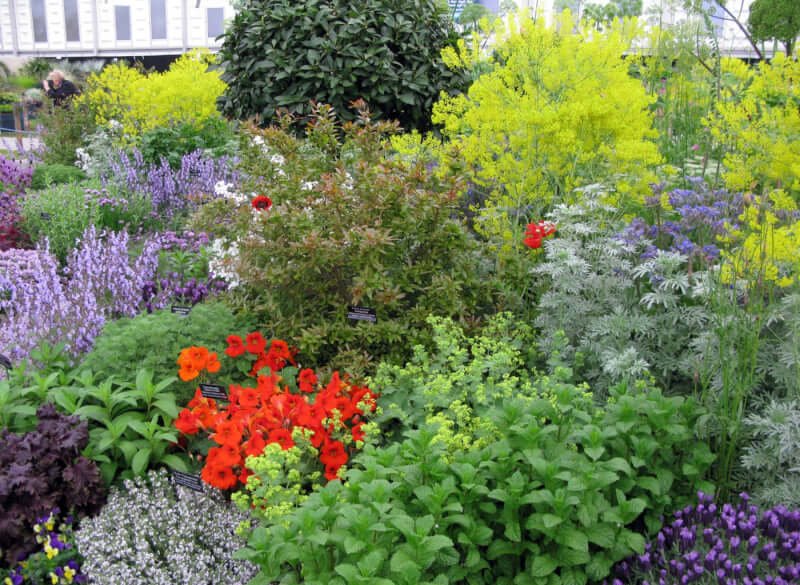
Safety Considerations and Precautions
While edible flowers can be a delightful addition to your meals, it’s important to consider safety and take necessary precautions. Identify potential allergies and sensitivities before consuming any edible flowers. Some individuals may have allergic reactions to certain flowers, so it’s best to exercise caution, especially if you’re trying a new variety for the first time.
Avoid consuming flowers that may have been contaminated by pesticides or chemicals. If you’re unsure about the source or growing practices of a flower, it’s better to err on the side of caution and not consume it. Opt for flowers from your own garden or from trusted sources that follow organic growing practices.
Properly washing and preparing edible flowers is essential to remove any dirt, insects, or pesticide residues. Before using flowers in your recipes, gently rinse them under cool running water. Shake off excess water and allow them to air dry before incorporating them into your dishes.
Understanding proper dosage is important when using edible flowers. Some flowers should be used sparingly due to their strong flavors or potential medicinal properties. Follow recipes or recommendations from trusted sources to ensure you’re using the right amount for the desired effect.
Preserving Edible Flowers
To enjoy your edible flowers beyond their harvest season, preserving them is a great option. Drying flowers is a popular preservation method that allows you to enjoy their beauty and flavor year-round. Hang small bunches of flowers upside down in a dark, well-ventilated area until they are completely dry. Once dry, store them in airtight containers away from direct sunlight.
Freezing flowers is another method to preserve their freshness and flavor. Place clean, dry flowers in a freezer-safe container or bag and store them in the freezer. Freezing is particularly useful for flowers that have delicate petals and can’t withstand the drying process.
Using flowers in infused vinegars and oils is a creative and delicious way to preserve their essence. Simply place clean, dry flowers in a jar and cover them with vinegar or oil. Let them infuse for several weeks, strain the liquid, and store it in a cool, dark place. Flower-infused vinegars and oils can add a burst of flavor to your dishes.
Lastly, consider creating flower syrups and jams to preserve the essence and taste of your edible flowers. Flower syrups can be drizzled over desserts, pancakes, or used as sweeteners in beverages. Flower jams can be spread on toast, scones, or used as fillings in pastries. Get creative with the flavors and combinations to create unique preserves.
In summary, creating your own edible flower garden for culinary creations is an exciting and rewarding endeavor. By carefully choosing the right flowers, preparing the garden space, sourcing quality seeds or plants, and designing an appealing layout, you can cultivate a beautiful and bountiful garden. Caring for your flowers, dealing with pests and diseases, and harvesting at the right time are essential for a successful garden. Exploring the culinary uses of edible flowers, considering safety precautions, and preserving flowers for long-term enjoyment will enhance your culinary adventures. With a little knowledge, planning, and care, you can create a vibrant and flavorful edible flower garden that will delight your taste buds and impress your guests. Happy gardening and happy cooking!

